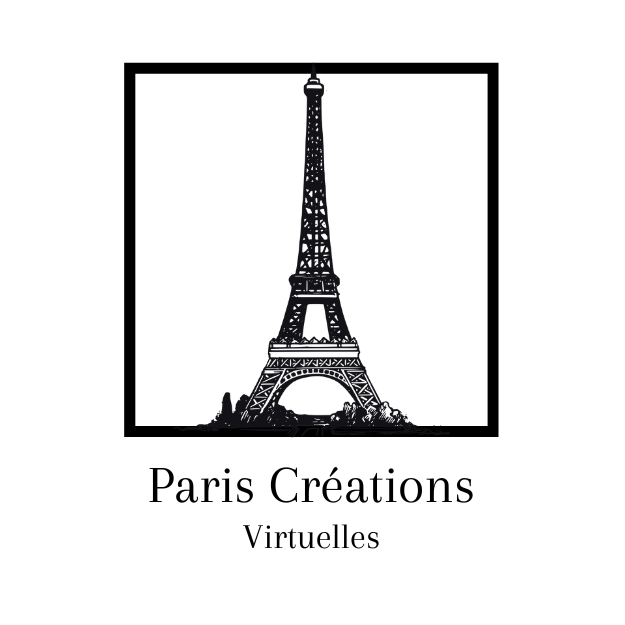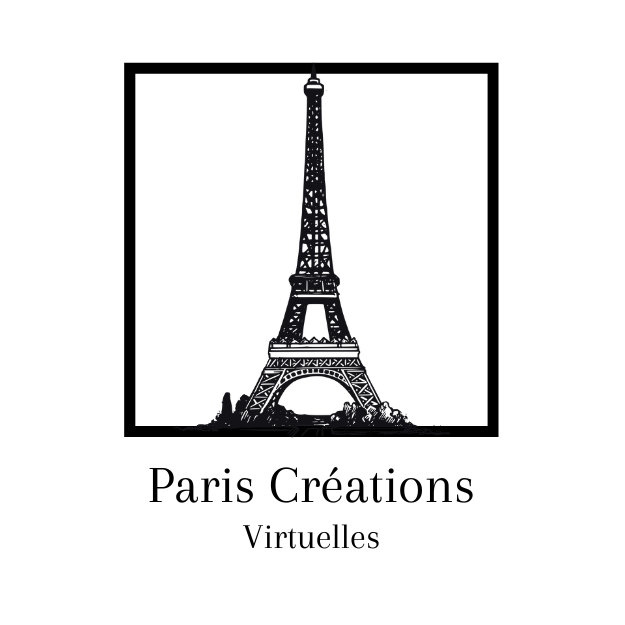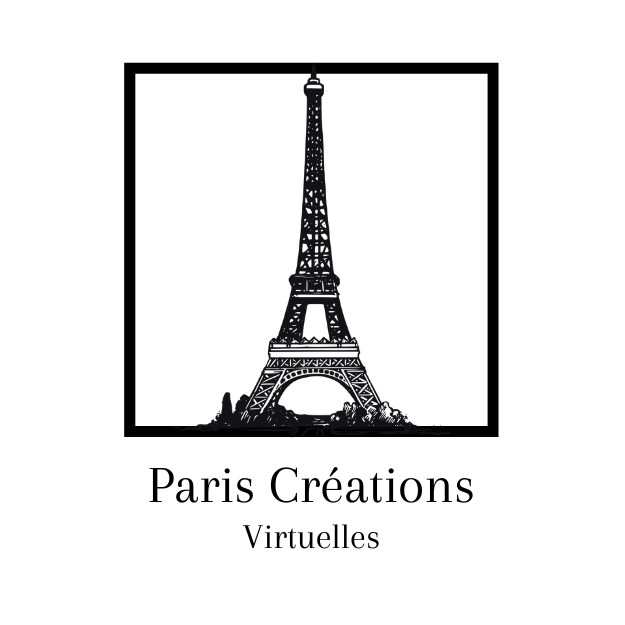Napoleon and the Louvre: The Imperial Expansion of a Museum
During the reign of Napoleon Bonaparte , the Louvre became a symbol of imperial grandeur. In 1803 , it was renamed the Musée Napoléon , in honor of the emperor, and his ambition was to transform the museum into a global showcase of art. Napoleon, through his military conquests, enriched the Louvre's collections by bringing back works of art from the countries he had conquered, including Italy, Egypt, and the Netherlands.

During his campaigns, major works such as the famous Winged Victory of Samothrace and ancient statues were brought back to Paris. Italian masterpieces , including several by Raphael and Titian , were integrated into the Louvre's collection, placing the museum at the heart of world artistic heritage. However, with the fall of Napoleon in 1815 , some of the works had to be returned to their countries of origin as part of the peace treaties, marking a loss for the museum.
A grandiose project
Napoleon had great ambitions for the Louvre, which he wanted to transform into a " Universal Museum " that would bring together the greatest works of art from around the world. The expansion of the collections went hand in hand with architectural work to enlarge the wings of the palace, notably with the construction of the Napoleon Wing, which continues to bear his name today.
During his reign, the Louvre became not only an artistic center but also a tool of imperial propaganda. It reflected the military and cultural power of Napoleonic France, which, through domination and conquest, positioned itself as the cultural center of Europe. Each military victory was often followed by the acquisition of works of art, making Napoleon both a military conqueror and a "cultural conqueror."
A controversial legacy
Although many of these works were returned after Napoleon's defeat, his time left a lasting mark on the Louvre's history. Acquisitions from this period helped shape the museum as we know it today. Some objects, such as the Venus de Milo or the Winged Victory of Samothrace , are still part of the Louvre's collections, marking the Napoleonic legacy.
Discover in our online gallery contemporary works that draw on this imperial heritage, capturing the spirit of artistic and cultural conquest of this era.
The history of Napoleon Bonaparte and the Louvre is rich and has profoundly marked the museum as we know it today. Napoleon played a key role in enriching the Louvre's collections and in its development as a national museum.
The Louvre under Napoleon:
- Before Napoleon, the Louvre was already a public museum, opened in 1793 , during the French Revolution. However, it was under the reign of Napoleon, who became First Consul and then Emperor , that the museum took on a whole new dimension.
Enrichment of the collections:
- During his military campaigns, particularly in Italy and Egypt , Napoleon ordered the seizure of numerous works of art, which were sent to Paris to enrich the collections of the Louvre. Thus, treasures such as the Venus de Medici , the Horses of St. Mark in Venice, and works by Italian masters such as Raphael and Leonardo da Vinci were brought back to France.
- The Louvre was renamed the Musée Napoléon in 1803 , and its collections became the richest in Europe, rivaling museums in Rome, Vienna and London.
An imperial vision of art:
- Napoleon saw art as a symbol of power and prestige. He believed that works of art should reflect the greatness of France. That is why he was determined to collect masterpieces from the countries he had conquered.
- The Louvre under Napoleon was not limited to European art: it also incorporated pieces from ancient Egypt and Near Eastern antiquities, marking the beginning of collections that are essential today.
The fall of Napoleon and restitution:
- After Napoleon's defeat at Waterloo in 1815 , many of the works seized during his military campaigns were returned to their countries of origin. The Louvre thus lost many masterpieces.
Napoleon's legacy:
- Despite these restitutions, Napoleon's reign left a lasting mark on the Louvre, cementing its role as a national museum and giving it international stature.
- Today, a wing of the Louvre is named after Napoleon , and the Arc de Triomphe du Carrousel , located just outside the museum, celebrates his military victories.
Napoleon not only transformed the Louvre into a world-renowned museum, but he also helped redefine the place of art as an expression of political power.
Our artists
-

Corinne Foucouin
Passionate about colors since childhood, which fascinate her, Corinne exhibited for the...
-

Caroline Lesgourgues
Designer, painter-engraver, visual artist Artistic career Attracted to the plastic and graphic...
-

Jessica Seivert
Jessica Seivert was born on November 27, 1976 in Lorraine. She now...
-

Thierry BENENATI
Physical and symbolic marriage, my sculptures reveal an invisible truth of the...
-

Jose Maria Lamo de Espinosa
Born in 1953, my relationship with photography began in 1973. It was...
-

Mathieu PUJOL
Mathieu is an artist from Toulouse who travels around France and the...
-

Francoise Cosmao
Françoise Cosmao is a self-taught artist who, since the 90s, has established...
-

Pierre-Luc Poujol
Biography Born in 1963 in Alès in the Cévennes region, Pierre-Luc Poujol...
-

Carine Cheval
Carine Cheval followed the teachings of many marine painters. For several years,...
-

Alexis Toublanc
Alexis Toublanc's artistic mission transcends mere visual expression; he guides the viewer...
-

Bertrand GODEFROY
Bertrand Godefroy, a sculptor and designer from France, discovered his passion for...
-

JURAVLIOVA Liubov
Liubov Juravliova: Art as an expression of the soul Liubov Juravliova's collection...
-

Elodie Avati
Élodie Avati – Art without Borders For as long as she can...
-

Alain Vuillemet
Alain Vuillemet's monumental works are the product of metallic metamorphoses. Like an...
-

Therese Kalifa
Thérèse Kalifa's Series Series: The Female Nude Thérèse Kalifa explores femininity in...
-

Patrick FUVEL
Your browser does not support the video tag. I am a self-taught...
-

Pascal Servius
Pascal Servius is a photographer whose work is part of a poetic...
Contact form

Professional
Increase the visual impact of your business by opting for 3D modeling. Offer your customers an immersive, detailed and memorable experience of your goods or services. 3D modeling, a visual revolution to propel your business into the future.

Particular
Transform your property into a captivating virtual experience using 3D modeling. Offer potential buyers an immersive and detailed tour, making your space an instant favorite.

Public service
Optimize the management of your public infrastructures with 3D modeling. Advanced visual technology that provides detailed, anticipatory insight for informed decisions, transparent communication with the public, and more effective urban planning.

3D modeling
Discover a new dimension with our 3D scanning services. Whether you are an individual, a professional, a public service or an art gallery, our technology allows you to immortalize, design and preserve with precision and simplicity. Contact us to explore these possibilities today!

Photoshoot
Book your professional shooting in Paris to capture unforgettable moments of your team, company, or fashion brand
Paris créations virtuelles
Membership - Artist Partner
Paris créations virtuelles
Membership Pack - Partner Gallery
Paris créations virtuelles
























